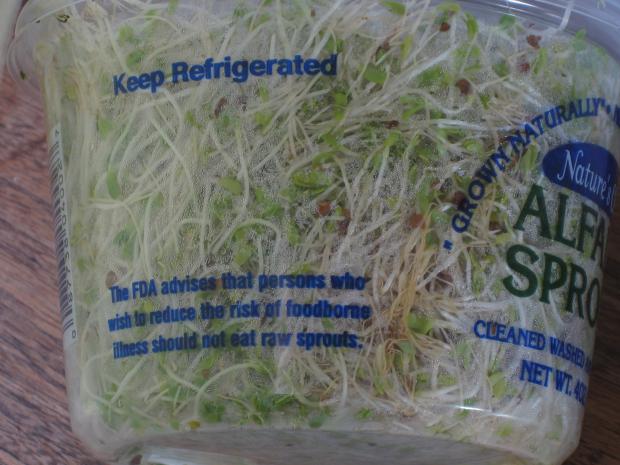
Over the past few years of providing MN food manager certification training courses, we’ve received numerous questions about how the Food Safety Modernization Act (FSMA) affects certain local businesses. While the rules tend to be a bit murky and may require some sifting through legal jargon, we’ve decided to take a closer look at who is affected by the FSMA.
Food Manager Certification MN and the Food Safety Modernization Act
In 2010 the US Congress enacted the FSMA to help prevent major food poisoning outbreaks from occurring. The act targets major produce growers, food processors and pet-food manufacturers. It is our understanding that most retail businesses such as restaurants, grocery stores or other outlets that do not process or supply large quantities of product to consumers are not subject to these regulations.
The FSMA’s major concern is with the food supply in our country rather than with the retail sale of prepared goods. The target businesses of the FSMA include major produce growers who average over 25,000 dollars in sales per year, large processing plants of food for human and pet consumption and the importers of raw foods. To put it simply, most of the food service professionals who come to us for training need not worry about the FSMA. If you’re a supervisor at a restaurant, owner of retail store or manager at the cafeteria at an assisted living facility, the FSMA regulations have little to no effect on your operation.
If you’re a farmer, producer of large quantities of food product or a supplier of raw food product to restaurants or processing facilities, then the rules become a little more complex. In the act, congress decided to exempt certain types of small-scale farms and raw food suppliers. Your farm or operation may be exempt if you:
- Sell less than 25,000 dollars’ worth of product per year
- Specialize in produce that is rarely served raw
- Only produce goods for personal or farm consumption
- Only grow food grains
If you are a farmer or produce grower, we suggest you browse Oregon State University’s detailed synopsis on how the FSMA applies to the farming industry.
If you produce large quantities of raw food for human or pet consumption, we strongly urge you to contact your local health department or the FDA to confirm if your business needs to be compliant with FSMA regulations. There are too many qualifying factors and exemptions for us to make a qualified analysis as to which businesses must follow FSMA regulations.
With legislation like the FSMA granting the FDA more authority over our food supply, we’d like to know how you feel about government’s role in overseeing food production. Do you think that we need more or less regulation at the local, state or federal levels?



